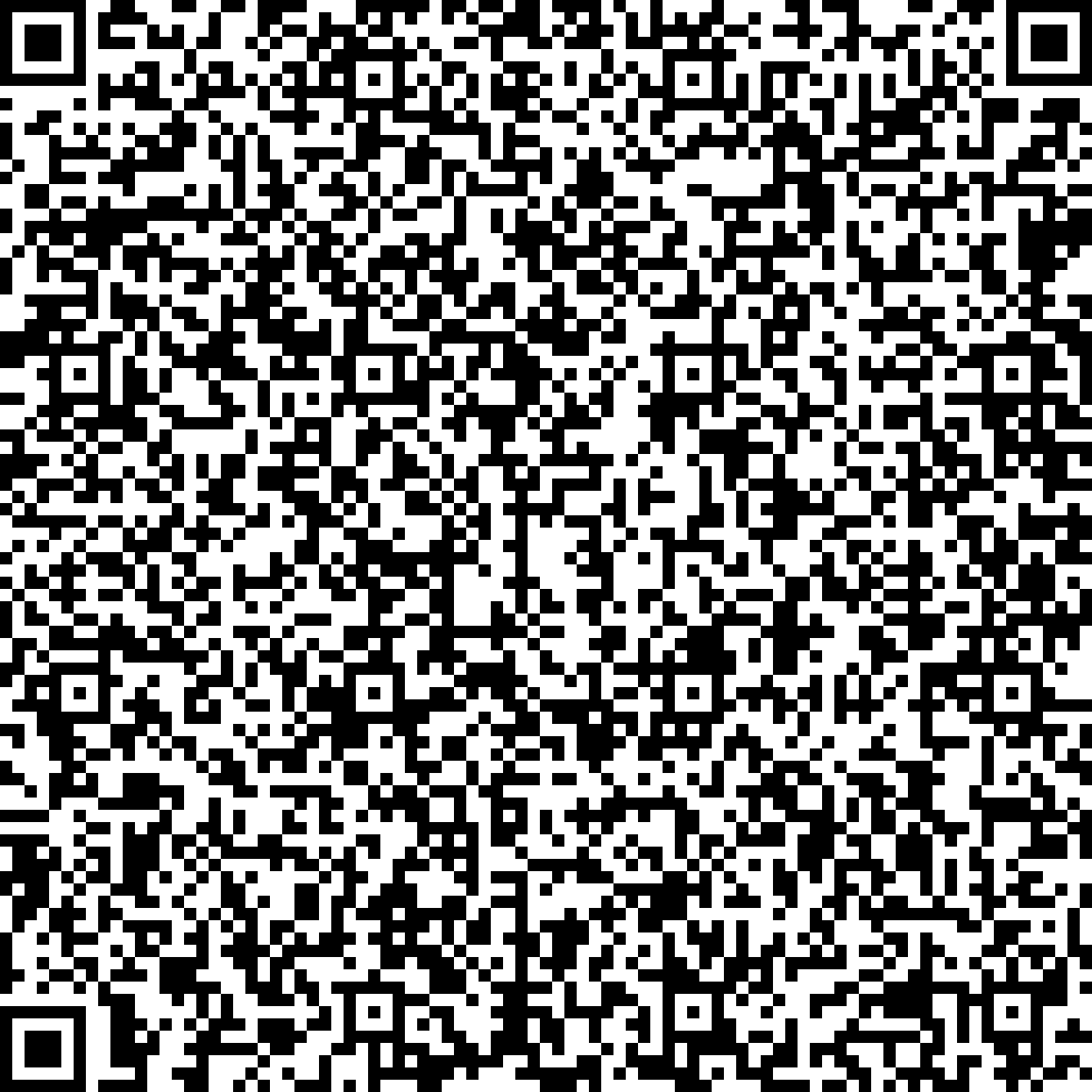


We investigate the possibility to build novel types of photo-electronic systems that consist of organic and inorganic nanosystems such as molecules, nanocrystals, carbon nanotubes and photosynthetic ''light harvesting'' proteins. These types of ''hybrid nanosystems'' can be constructed by combining sophisticated nanofabrication techniques such as chemical functionalization and self-organization with state of the art top-down nanolithography methods such as electron beam lithography and focussed ion beam writing. The integration of molecules and proteins in such hybrid circuits allows us to tune and to investigate the interaction of organic nanosystems with their environment. In the talk I will present experiments on hybrid nanosystems made of the photosystem I and carbon nanotubes. The photosystem I reaction center is a chlorophyll protein complex located in thylakoid membranes of chloroplasts and cyanobacteria. The photosystem I mediates a light-induced electron transfer through a serial of redox reactions [1]. It is intriguing to incorporate the photosystem I into optoelectronic nanoscale circuits, since the photosystem I exhibits outstanding optoelectronic properties found only in photosynthetic systems [2,3]. In addition, I will talk about the possibility to exploit ordered hexagonal arrays of alkanethiol coated gold nanoparticles to incorporate small organic molecules such as oligo(phenylene-ethynylene) (OPE) or oligo(phenylene-vinylene) (OPV) [4,5]. The opto-electronic properties of the nanoparticle arrays are probed in the UV and visible spectrum and are compared for different molecules [6].
We acknowledge the fruitful collaboration with S. Kaniber, M. Brandstetter, M. Mangold, F.C. Simmel, I. Carmeli, C. Carmeli, S. Richter, J. Liao, M. Calame, C. Schufffdnenberger, and thank for financial support by the DFG excellence initiative ''Nanosystems Initiative Munich'' (NIM) and the DFG-SPP 1243 ''Quantum transport at the molecular scale''.
[1] L. Frolov, Y. Rosenwaks, C. Carmeli, I. Carmeli, Adv. Mater. 17, 2434 (2005).
[2] I. Carmeli, M. Mangold, L. Frolov, B. Zebli, I. Carmeli, C. Carmeli, S. Richter, A.W. Holleitner, Adv. Materials 19, 3901 (2007).
[3] S. Kaniber et al. unpublished
[4] J. Liao, L. Bernard, M. Langer, C. Schufffdnenberger, M. Calame, Adv. Mat. 18, 2444 (2006).
[5] J. Liao, M. Mangold, S. Grunder, M. Mayor, C. Schufffdnenberger, M. Calame, New J. Phys. 10, 065019 (2008).
[6] M. Mangold et al., unpublished



We investigate the possibility to build novel types of photo-electronic systems that consist of organic and inorganic nanosystems such as molecules, nanocrystals, carbon nanotubes and photosynthetic ''light harvesting'' proteins. These types of ''hybrid nanosystems'' can be constructed by combining sophisticated nanofabrication techniques such as chemical functionalization and self-organization with state of the art top-down nanolithography methods such as electron beam lithography and focussed ion beam writing. The integration of molecules and proteins in such hybrid circuits allows us to tune and to investigate the interaction of organic nanosystems with their environment. In the talk I will present experiments on hybrid nanosystems made of the photosystem I and carbon nanotubes. The photosystem I reaction center is a chlorophyll protein complex located in thylakoid membranes of chloroplasts and cyanobacteria. The photosystem I mediates a light-induced electron transfer through a serial of redox reactions [1]. It is intriguing to incorporate the photosystem I into optoelectronic nanoscale circuits, since the photosystem I exhibits outstanding optoelectronic properties found only in photosynthetic systems [2,3]. In addition, I will talk about the possibility to exploit ordered hexagonal arrays of alkanethiol coated gold nanoparticles to incorporate small organic molecules such as oligo(phenylene-ethynylene) (OPE) or oligo(phenylene-vinylene) (OPV) [4,5]. The opto-electronic properties of the nanoparticle arrays are probed in the UV and visible spectrum and are compared for different molecules [6].
We acknowledge the fruitful collaboration with S. Kaniber, M. Brandstetter, M. Mangold, F.C. Simmel, I. Carmeli, C. Carmeli, S. Richter, J. Liao, M. Calame, C. Schufffdnenberger, and thank for financial support by the DFG excellence initiative ''Nanosystems Initiative Munich'' (NIM) and the DFG-SPP 1243 ''Quantum transport at the molecular scale''.
[1] L. Frolov, Y. Rosenwaks, C. Carmeli, I. Carmeli, Adv. Mater. 17, 2434 (2005).
[2] I. Carmeli, M. Mangold, L. Frolov, B. Zebli, I. Carmeli, C. Carmeli, S. Richter, A.W. Holleitner, Adv. Materials 19, 3901 (2007).
[3] S. Kaniber et al. unpublished
[4] J. Liao, L. Bernard, M. Langer, C. Schufffdnenberger, M. Calame, Adv. Mat. 18, 2444 (2006).
[5] J. Liao, M. Mangold, S. Grunder, M. Mayor, C. Schufffdnenberger, M. Calame, New J. Phys. 10, 065019 (2008).
[6] M. Mangold et al., unpublished